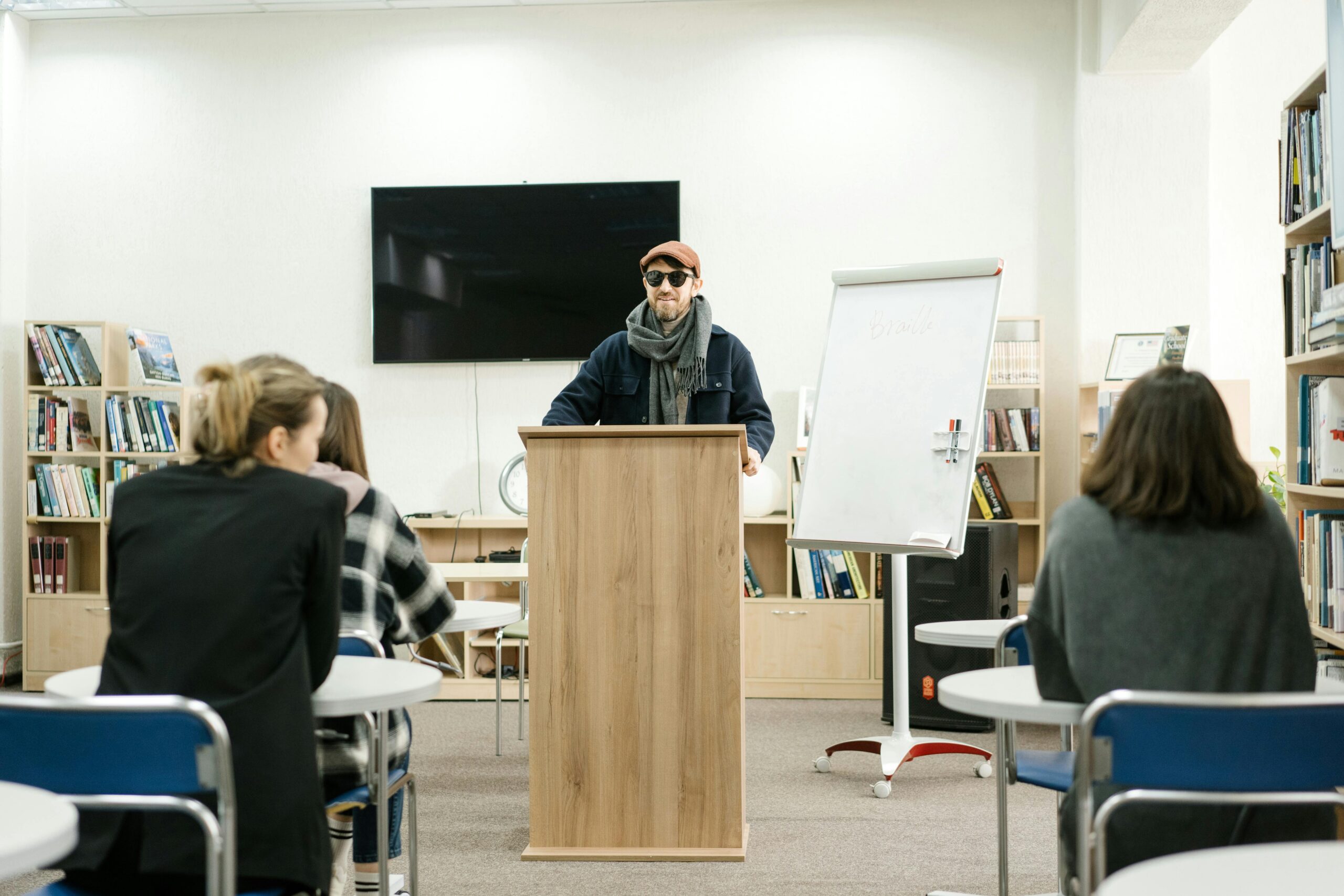The debates between traditional learning in a classroom and online education have been increasingly relevant because of the rapid evolvement of digital platforms and remote learning technologies. Both modes of education carry certain advantages and disadvantages; therefore, a choice is dictated based on a number of variable factors critical for the selection in view of individual needs and existing conditions.
Traditional Classroom Learning
Traditional classroom learning-where teaching and learning occur through direct face-to-face interaction in a physical environment-has long been the standard for education. Advantages include the fact that this type of interaction provides immediateness and contact between students and instructors directly. Instant feedback could be sought, difficulties understood and clarified on the spot, and communication skills developed. An instructor is able to assess their students about their understanding through non-verbal signs and may change the style of teaching if needed. Along with that, classroom settings are more organized to keep discipline and pay more attention to class times scheduled and a routine that can create an atmosphere of productive learning.
Apart from this, traditional classrooms also provide the social interactions that enhance learning. The interaction by way of group discussions, activities, and peer learning accommodates better learning. Their presence around classmates and instructors facilitates building relationships and networks important academically as well as professionally.
However, traditional learning also has its fair share of drawbacks. It mandates that students be bound by a certain schedule and physical presence, which might be a problem for those working or living in areas isolated from universities and centers of higher education. Besides, the one-size-fits-all approach often does not let students pace up or slow down with their learning style, and sometimes students may also have complex subject matter which requires more time or other ways of being taught.
Online Education
It has turned online education into an attractive alternative to traditional classroom learning, with its flexibility and accessibility being at the fore. One of the greatest benefits is that one can quite easily learn from anywhere and at any time. As a matter of fact, this turns out quite helpful for working professionals, parents, or just about anybody who faces problems attending a physical class. The online course would in most circumstances be designed in such a way that students can work in their own pace, where materials could be reviewed and assignments completed at their discretion.
Another important advantage is the great variety of resources and materials that online education could provide. The resources may come in the form of video lectures, interactive simulations, and even digital textbooks, all serving to accommodate different learning styles. Online education also opens classes and programs offered by institutions from other parts of the world, thus expanding their educational opportunities.
However, online education has many challenges. The lack of physical contact will lead to isolation and make the relationships of instructors and students and friends hard to establish. Although the employment of technology offers various methods of communication, it cannot display the immediacy or depth of face-to-face communication. Online learning requires a lot of discipline and motivation. Without an established classroom environment, students easily fall prey to poor time management and a lack of concentration.
Other causes of inefficiency in online learning include technical problems and issues of inequity in the access to technology. Many students have to have access to the internet and sometimes to hardware and software that not all people own.
In other words, traditional classroom learning and online education have both advantages and limitations. While there is great interaction in the traditional classrooms with a structured environment, traditional classrooms are very restrictive for those people who wish to avoid such rigidity. Online education offers flexibility and access to vast resources that may be unavailable to students in the physical classrooms, yet online methods often lack personal touch and ready help. A choice between these two depends upon individual preferences, learning styles, and personal circumstances.






